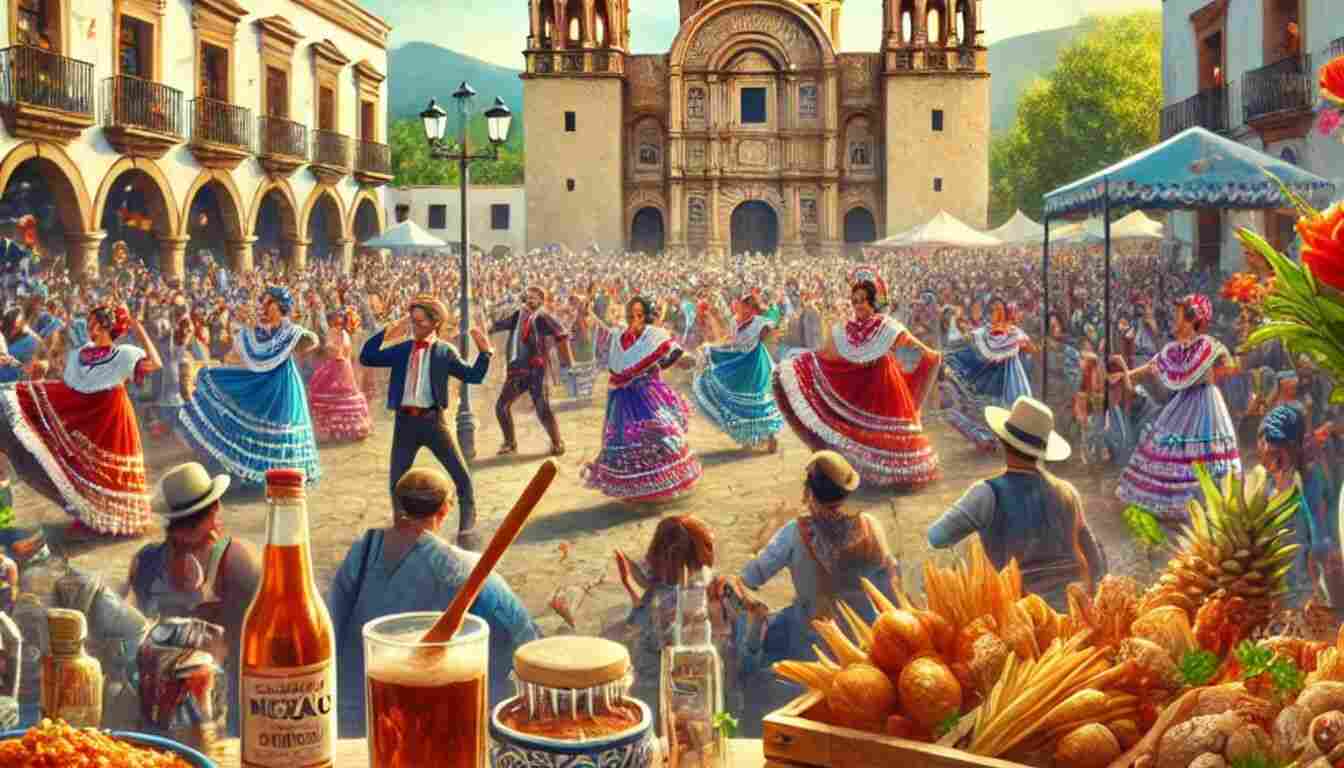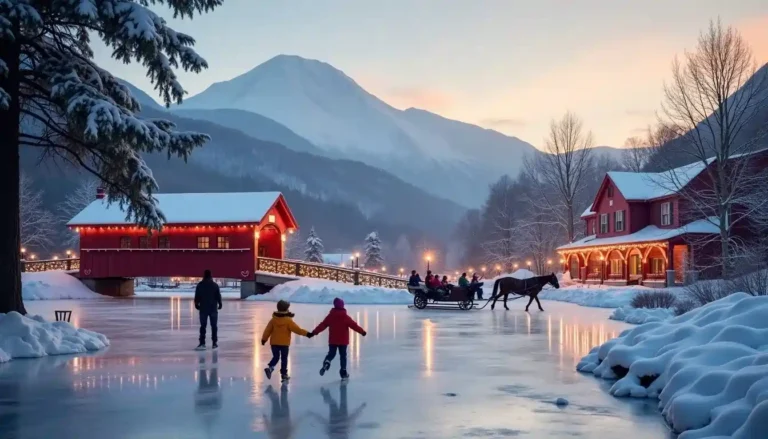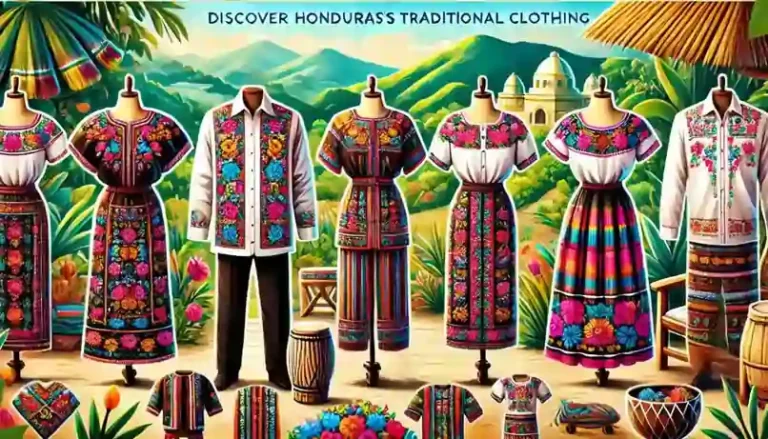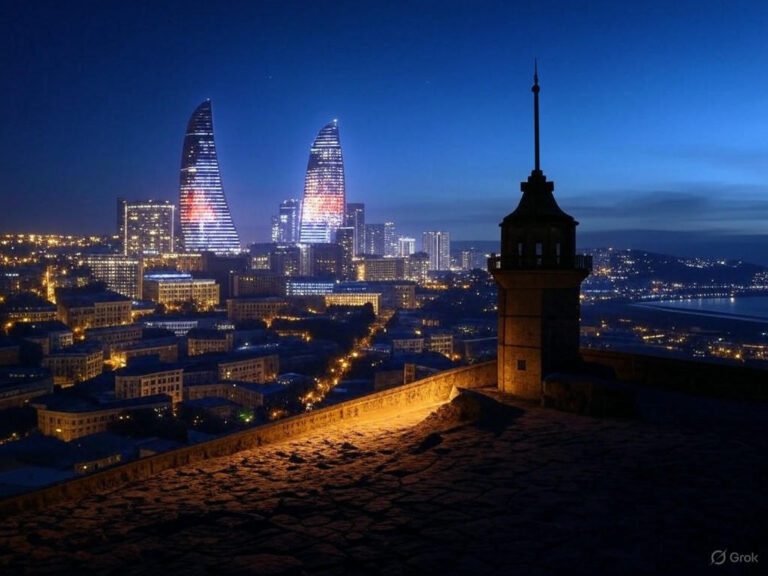Top 20 Cultural Traditions of Oaxaca
The traditions of Oaxaca are a vibrant mix of ancient customs, colorful festivals, and deep cultural pride. These traditions are celebrated through music, dance, rituals, and community events that showcase Oaxaca’s rich history and spirit.
In my travels, I’ve been lucky to experience these traditions up close. I’ve walked through busy markets, joined in local celebrations, and admired the beauty of Oaxacan rituals. My time in Oaxaca has helped me understand what makes this place so special.
In this post, I’ll share Oaxaca’s 20 best traditional festivals, offering a glimpse into the heart of the region’s culture. From the famous Guelaguetza to the fascinating Noche de los Rábanos, I’ll guide you through the festivals that truly capture the essence of Oaxaca.
The Guelaguetza
The Guelaguetza, also called “Los Lunes del Cerro,” is one of Oaxaca’s most important traditions, held at the beginning of the rainy and harvest seasons.
During the Guelaguetza, the community comes together to present traditional dances, such as the famous dance of the pineapple flower, while adorned in colorful costumes and showcasing local crafts.
As a vibrant celebration of Oaxaca’s cultural diversity, the Guelaguetza is a must-see event that immerses visitors in the rich tapestry of the region’s heritage.
Tequio
The Tequio is a Zapotec community tradition that started in pre-Hispanic times. This festival shows collective work, where everyone contributes resources and effort to support the village and its people.
Witnessing the Tequio is a humbling experience, as it showcases the power of collective action and the deep-rooted sense of shared responsibility that defines Oaxacan society.
The Night of Radishes (Noche de los Rábanos)
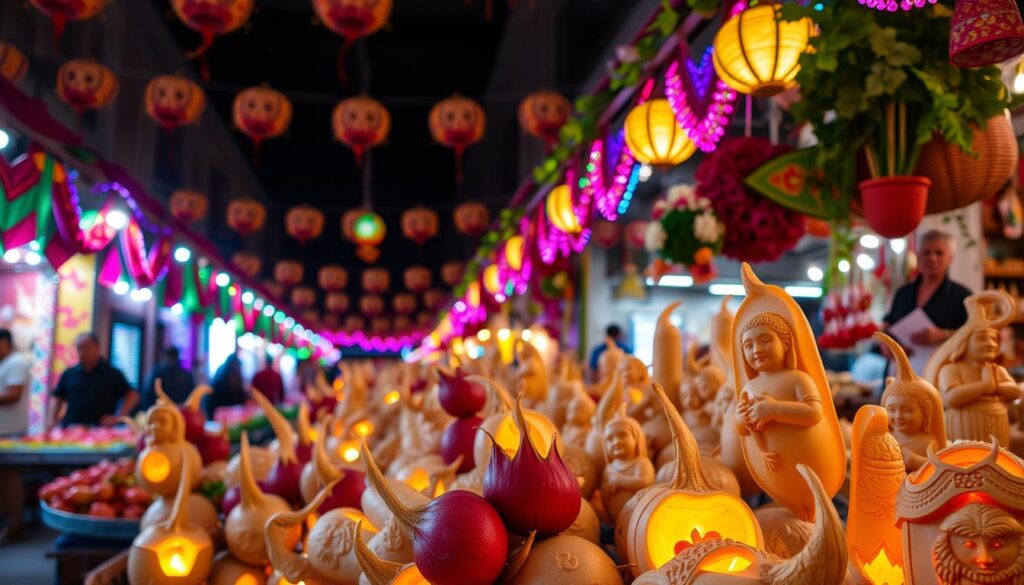
The Night of Radishes is celebrated on December 23rd, it started in colonial times. During this event, Farmers carve radishes into detailed figures and scenes, displaying their creativity in a friendly competition.
The Night of Radishes is a charming mix of creativity, local pride, and fun, making it a unique and fascinating experience for visitors.
Viernes de Llano (Plain Friday – Beauty Contest)
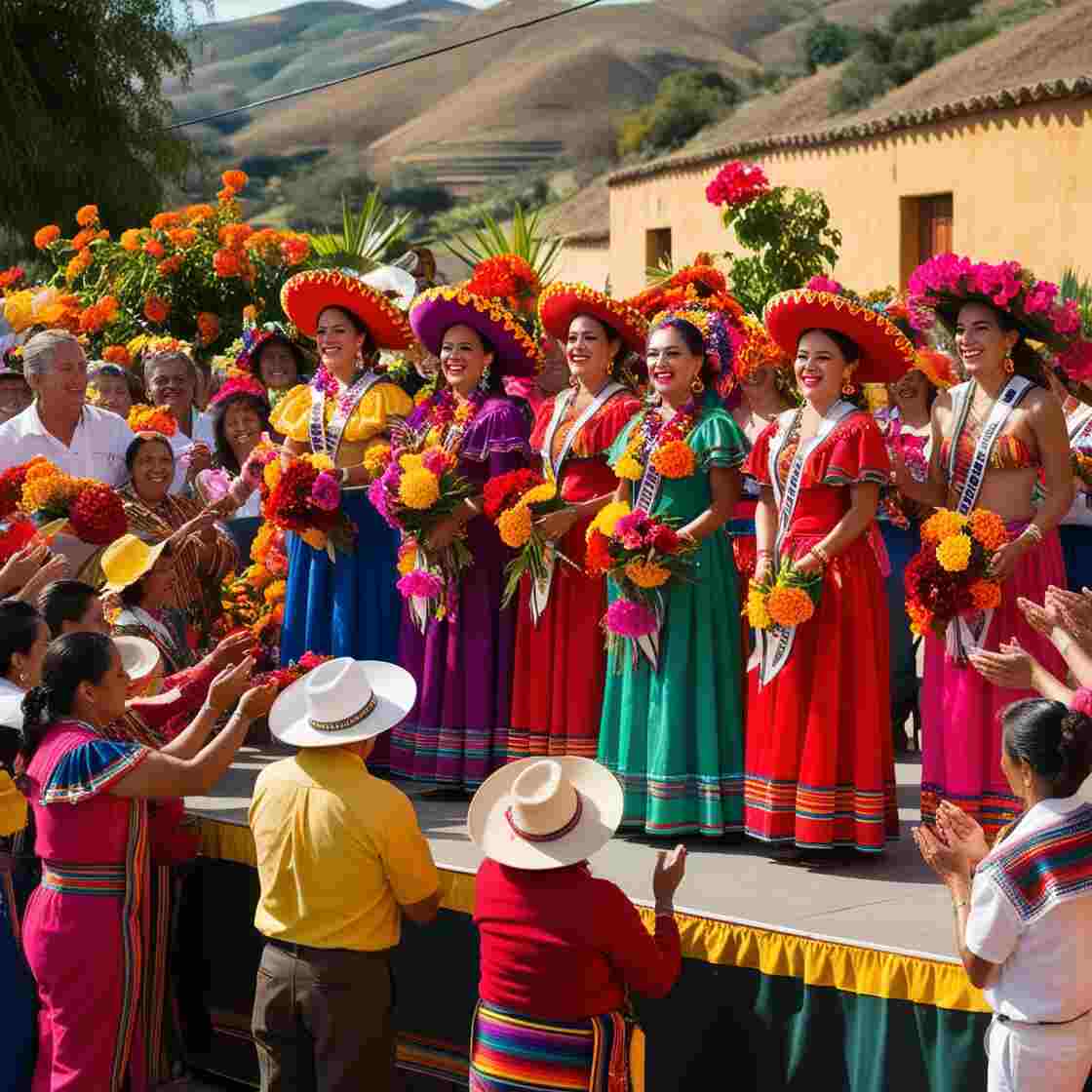
The Viernes de Llano is a unique beauty contest held in Oaxaca, where the winner is determined by the amount of flowers she receives. This tradition reflects the vibrant culture and joy of the Oaxacan people.
The Viernes de Llano is a celebration of the region’s appreciation for beauty, both in physical form and in the vibrant spirit of the community.
Martes de Brujas (Witch Tuesday)
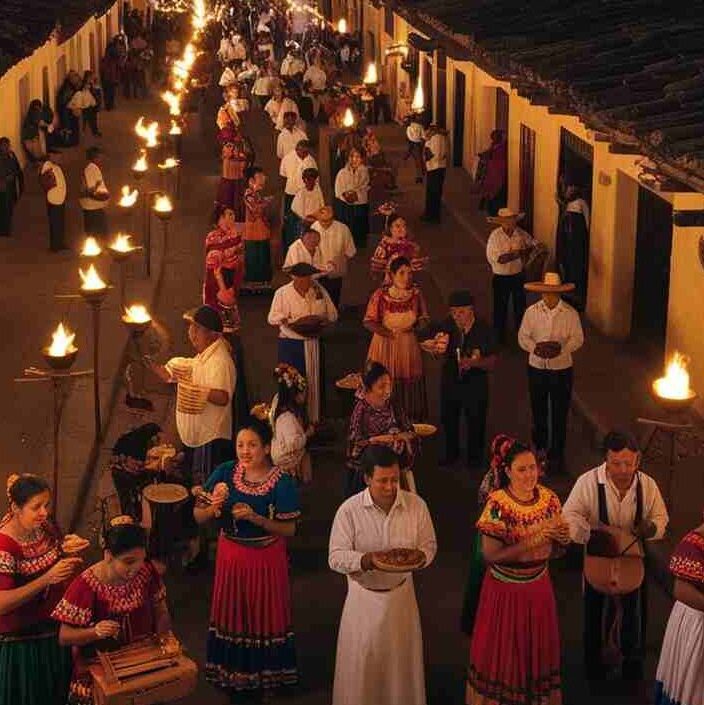
This festival is Celebrated in Santa Cruz Xoxocotlán, Witch Tuesday marks the beginning of Lent. The town is illuminated by oil lamps, known as “brujas” (witches), while the community enjoys live music, tamales, and atole.
Martes de Brujas is a unique mix of spiritual beliefs and cultural traditions, giving visitors a look into the mystical side of Oaxacan heritage.
Oaxaca Day of the Dead Traditions (Día de Los Muertos)
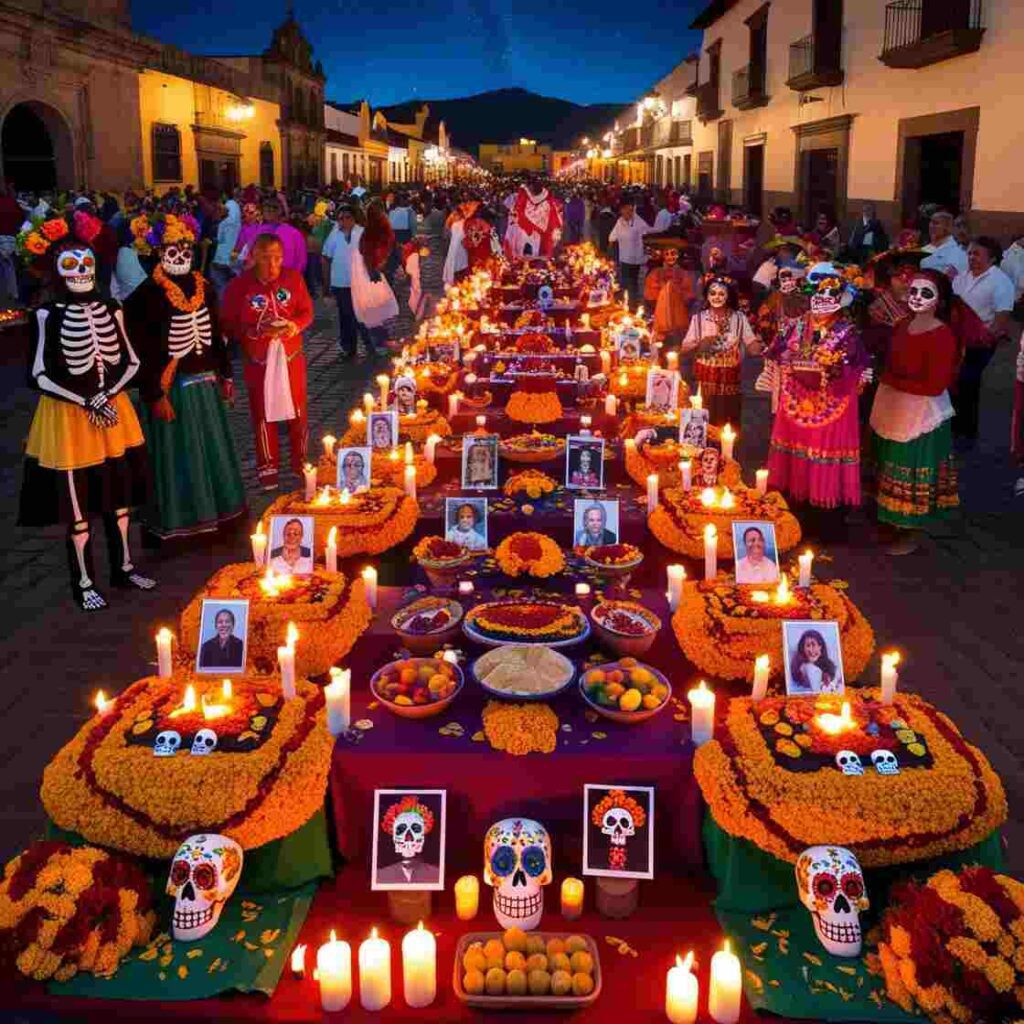
Oaxaca Day of the Dead traditions are celebrated all over Mexico, but Oaxaca adds its unique touch. People make colorful altars and offerings to honor and remember those who have passed away.
The Día de Los Muertos is a deeply emotional experience, as it connects visitors with the region’s deep respect for the cycle of life and the enduring bonds of family.
Mezcal
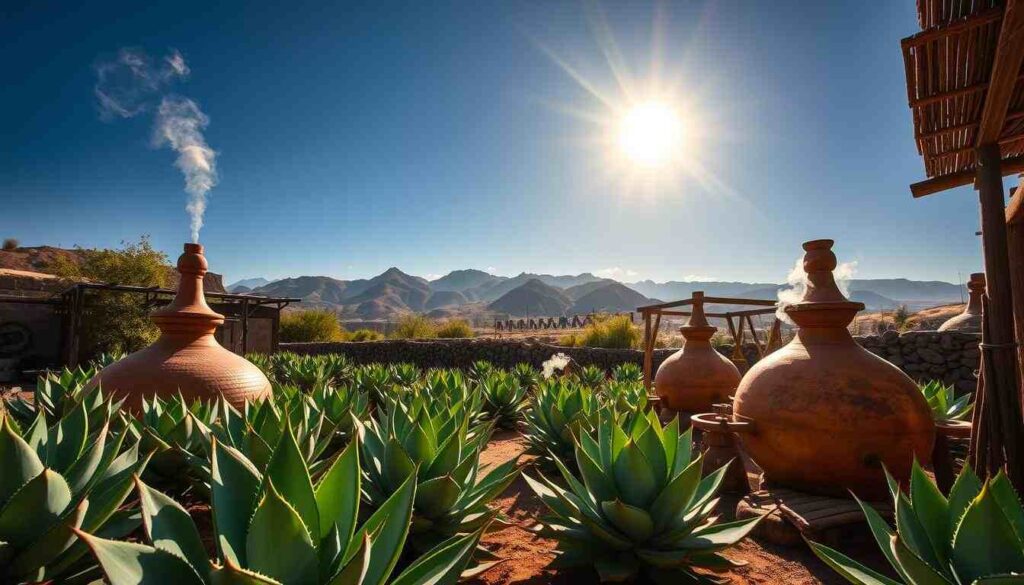
Mezcal is more than a drink in Oaxaca; it’s a cultural tradition that’s been passed down through generations. The state is known as the “World Capital of Mezcal,” Oaxaca makes Mezcal a big part of its celebrations, rituals, and daily life.
Experiencing the mezcal culture in Oaxaca has been an amazing journey for me, as I’ve come to appreciate its history and significance.
Las Velas Istmeñas (Isthmus Candles)
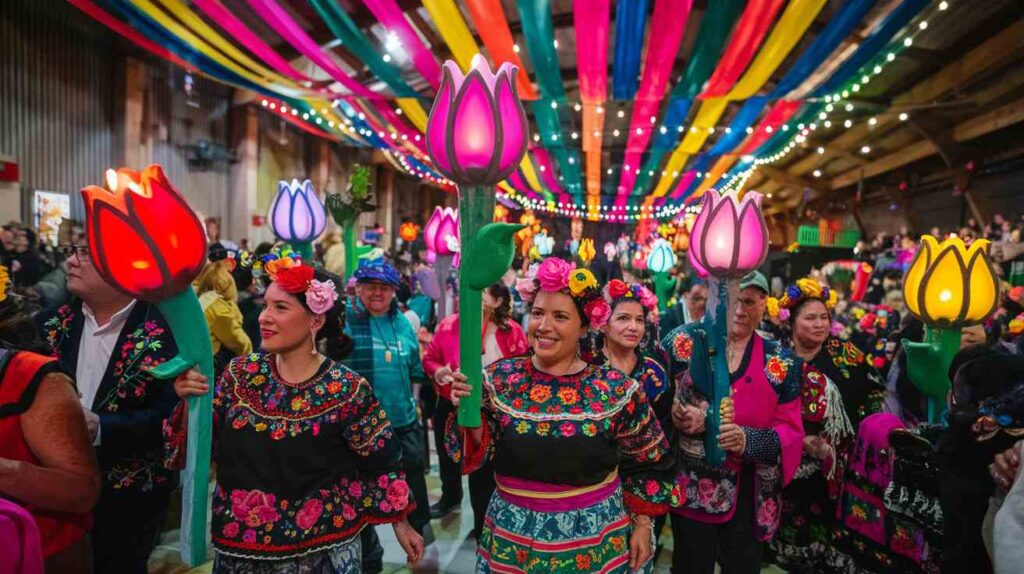
The Velas Istmeñas are religious celebrations held in the Isthmus of Tehuantepec. They honor the patron saints of various Oaxacan towns and are accompanied by lively Las Calendas processions, complete with traditional music and joy.
The Las Velas Istmeñas is a vibrant and immersive cultural experience, showcasing the enduring faith and community spirit of the Oaxacan people.
Day of the Samaritan Woman (Día de la Samaritana)
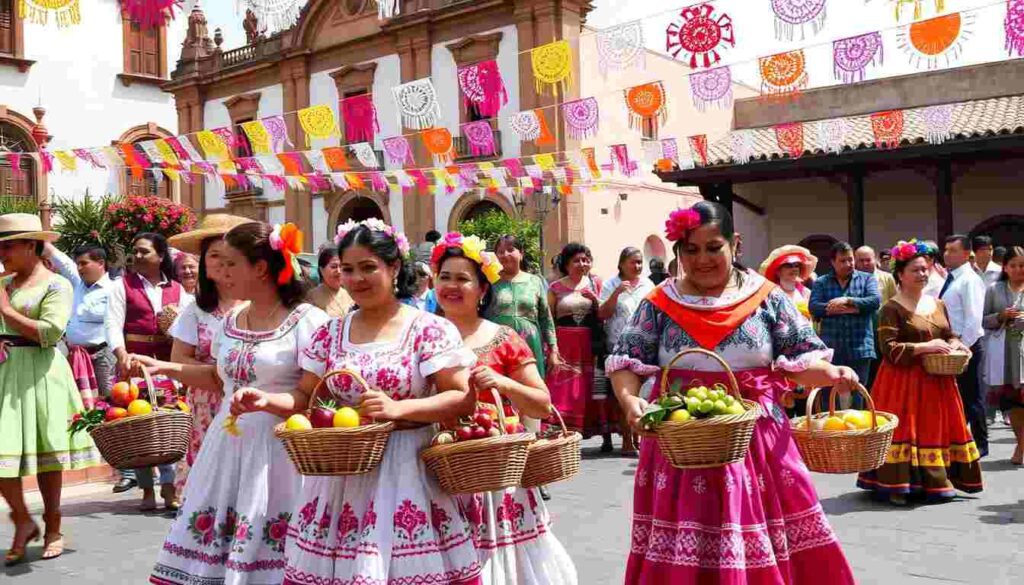
Celebrated on the fourth Friday of Lent, the Day of the Samaritan Woman is a tradition in which freshwater and traditional ice cream are given as gifts, showcasing Oaxaca’s generosity and hospitality.
This tradition beautifully reminds us of the region’s values of kindness, caring, and community sharing.
Oaxacan Wedding
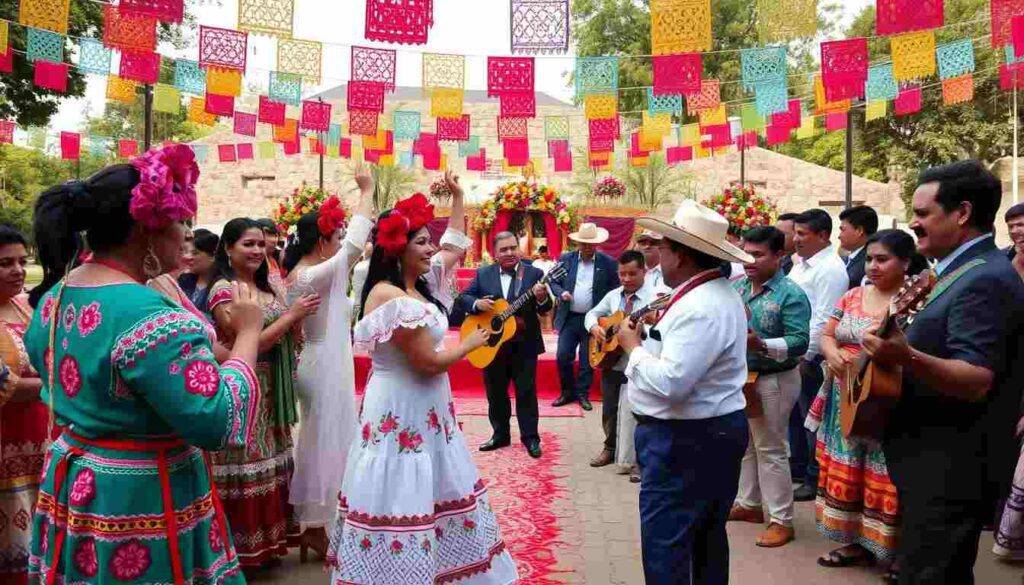
Oaxacan weddings are unique, lasting three days and incorporating a wealth of traditional customs. From the bride dancing with a pineapple on her shoulder to the groom doing the dishes.
Attending an Oaxacan wedding gives a full experience of the region’s cherished marriage traditions.
Thursday of Compadres
The Thursday of Compadres, held the week before Ash Wednesday. This is a tradition where men gather to enjoy stories, songs, and drinks, reflecting gender roles and cultural traditions in Oaxaca.
This tradition shows us the social and gender norms that are part of Oaxacan culture.
The Calendas
The Calendas are lively community festivals where people gather and walk through the streets to the rhythm of drums, firecrackers, and flowers, celebrating the joy and unity of the Oaxacan people.
The Calendas is truly an amazing experience, as it allows visitors to feel the energetic and communal spirit that defines Oaxacan cultural identity.
Holy Week (La Semana Santa)
Oaxaca’s Holy Week celebrations mix Catholic and indigenous traditions, with processions, altars, and rituals honoring the passion and resurrection of Jesus Christ.
Immersing myself in the Semana Santa festivities has been a deeply meaningful experience, as it has allowed me to witness the seamless integration of religious and cultural practices that are so integral to Oaxacan life.
Danza de la Pluma (Feather Dance)
The Danza de la Pluma is a powerful traditional dance that originated in the Zapotec community of Teotitlán del Valle. It tells the story of the Spanish conquest and the conversion of indigenous people to Christianity, showcasing the region’s historical memory and cultural identity.
Watching Danza de la Pluma has been a humbling and thought-provoking experience, as it reminds me of the complex and often difficult histories that have shaped Oaxacan culture.
Carnival (Carnaval)
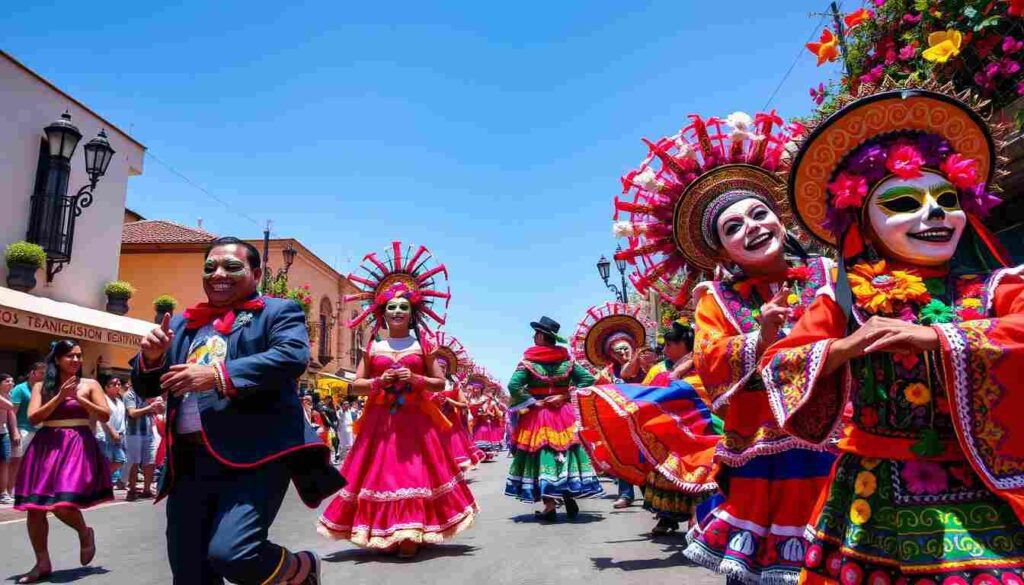
Oaxacan Carnival celebrations are a vibrant mix of indigenous and colonial traditions, featuring colorful masks, body paint, music, dance, and community feasts.
Participating in the Carnaval festivities has been a joyful and immersive experience for me, as it has allowed me to fully embrace the region’s spirit of celebration, community, and cultural expression.
Mayordomías
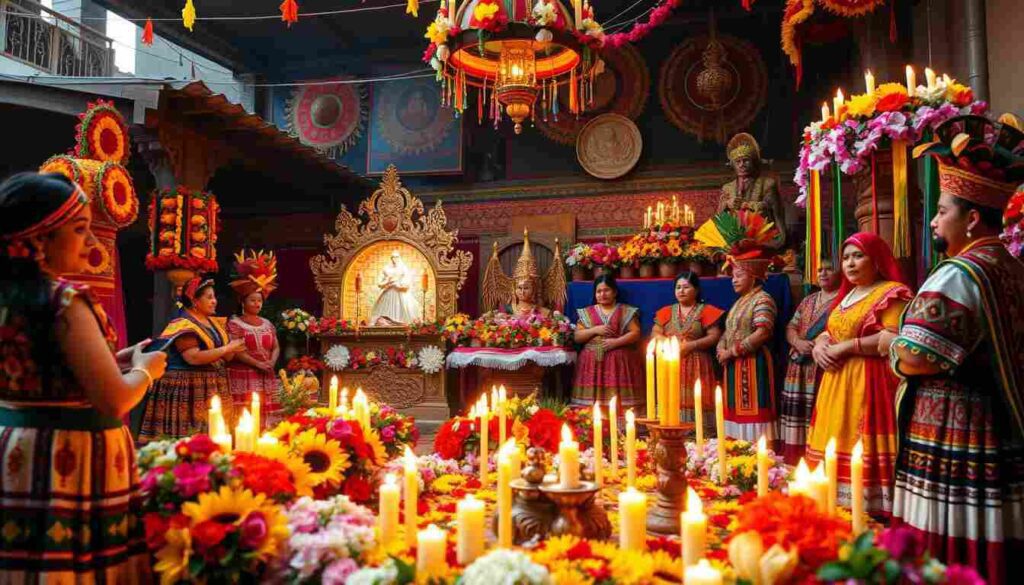
The Mayordomía system is a main aspect of Oaxacan social and religious life, where community members are appointed as leaders to organize and fund important festivals and events.
Watching the Mayordomías in action is an amazing experience, as it shows how deeply the Oaxacan people care about keeping their traditions alive for the future.
Todos Santos (All Saints)
Todos Santos is a festival that honors all the saints, both known and unknown, with altars, flowers, and offerings, blending Catholic native beliefs in a celebration of the spiritual world.
The Todos Santos celebrations have been a meaningful experience, helping me understand the mix of spiritual beliefs and the sacred traditions of Oaxaca.
Día de la Candelaria (Candlemas)
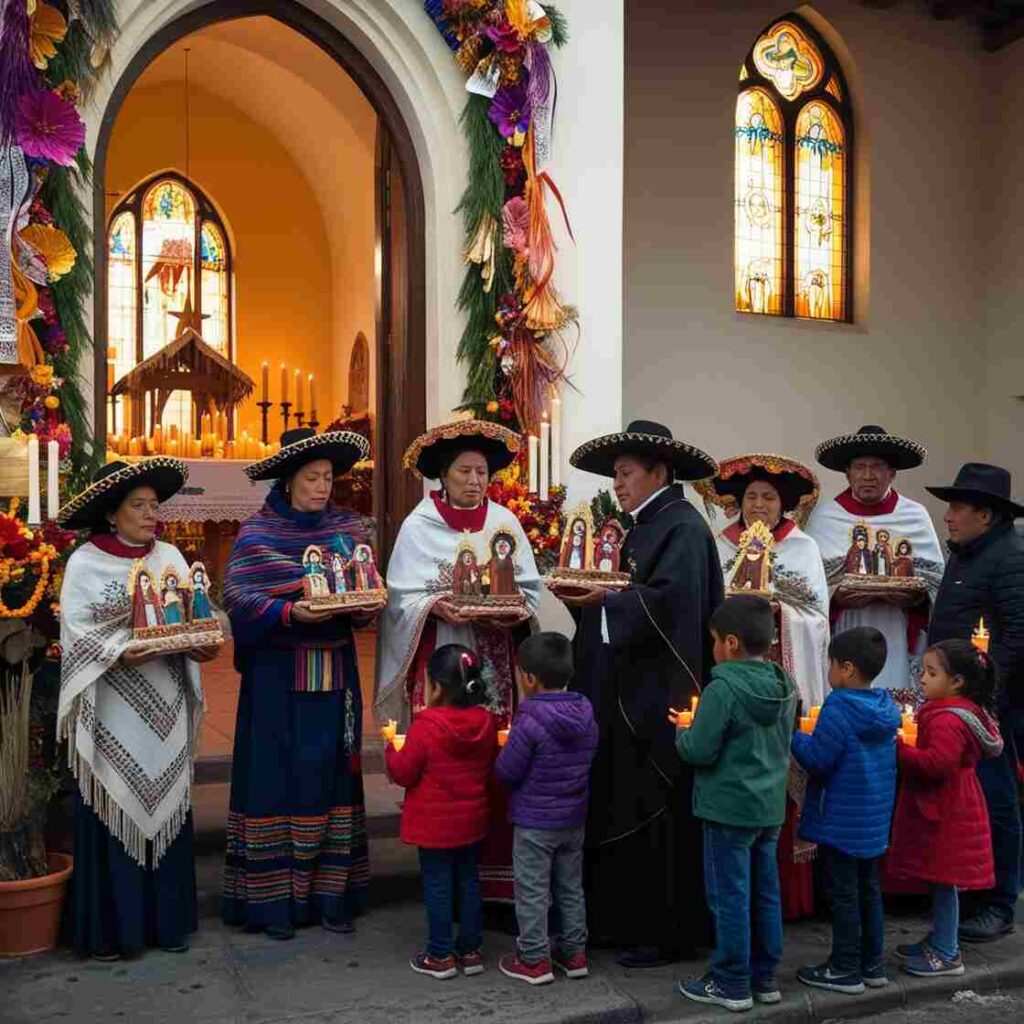
Candlemas are celebrated on February 2nd, this is a time when Oaxacans bring their nativity figures to be blessed.
The Día de la Candelaria has been a meaningful experience, as it has demonstrated the enduring importance of ritual and tradition in the lives of the Oaxacan people.
El Lunes del Cerro (Monday on the Hill)
The Lunes del Cerro, or Guelaguetza festival, is a renowned celebration that takes place on the two Mondays following July 16th, showcasing the diverse cultural heritage of Oaxaca’s eight regions.
Attending the Lunes del Cerro has been a highlight of my time in Oaxaca, as it has allowed me to witness the region’s unparalleled cultural richness and the deep pride that the Oaxacan people take in their shared identity.
El Día de los Pescadores (Day of the Fishermen)
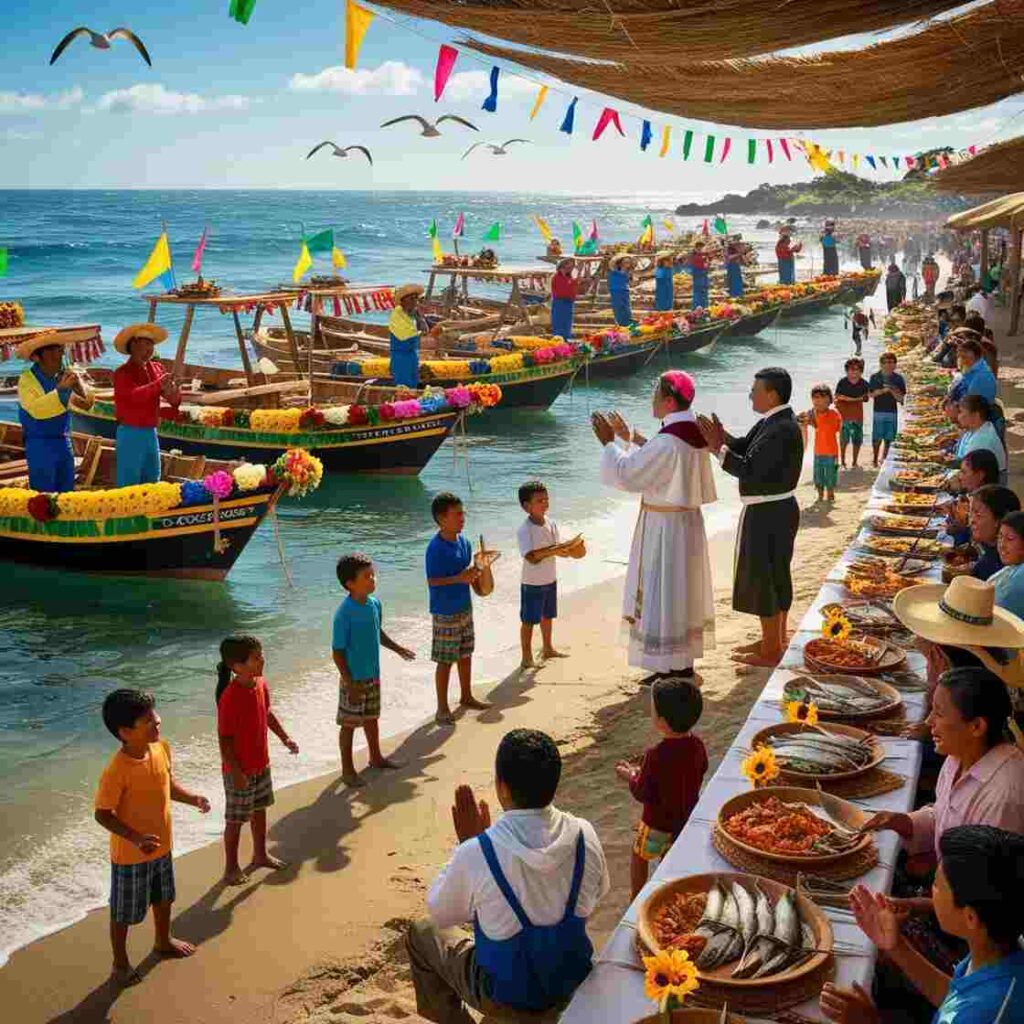
The Day of the Fishermen is a festival that honors the vital role of fishing in Oaxacan coastal communities, with blessings, music, and gatherings that reflect the deep connection between the people and the sea.
This celebration of the Día de los Pescadores is both humbling and enlightening, emphasizing the deep bond between Oaxacan culture and the natural world.
Conclusion: Traditions of Oaxaca
Traditions of Oaxaca are full of history, spirituality, and community spirit. From big festivals like the Guelaguetza with colorful dances and costumes to smaller customs like Tequio that focus on teamwork, each tradition shows the rich culture of the region.
As a traveler, seeing these traditions in person has been an unforgettable experience. Walking through markets, joining in celebrations, and tasting mezcal helped me feel the warmth and pride of the Oaxacan community. Every festival and ritual I witnessed gave me a better understanding of the people and their strong connection to their roots.
FAQs
Q1: What are the traditions of Oaxaca, Mexico?
A: Oaxaca’s traditions include vibrant festivals like the Guelaguetza, spiritual rituals like Día de Los Muertos, and community practices such as Tequio. These events highlight the region’s cultural pride and rich history.
Q2: What is Oaxaca best known for?
A: Oaxaca is known for its cultural festivals, delicious cuisine (like mole and mezcal), colorful arts and crafts, and a blend of indigenous and Spanish traditions.
Q3: What is the dance tradition in Oaxaca?
A: The Danza de la Pluma (Feather Dance) is a significant tradition, that tells the story of the Spanish conquest. Dances during the Guelaguetza also celebrate the diversity of Oaxacan culture.
Q4: What music is Oaxaca known for?
A: Oaxaca is famous for traditional music featuring marimbas, flutes, and drums, often heard during celebrations like the Calendas and other local festivals.
5. What makes Oaxaca special?
A: Oaxaca’s unique mix of indigenous and Spanish cultures, rich traditions, and strong community values make it an extraordinary place, full of celebrations and rituals that connect past and present.

